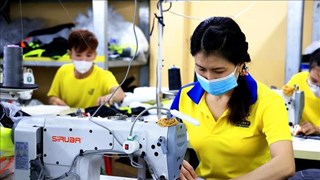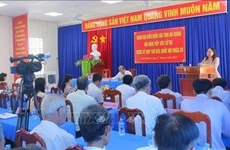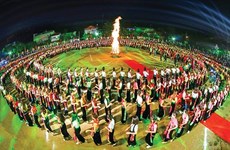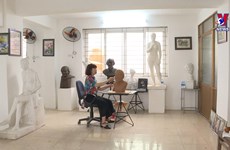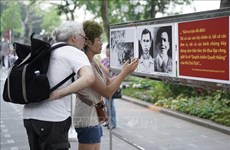Unique dragon sculptures at Dau Pagoda
The Dau Pagoda festival in Thuong Tin district, Hanoi, takes place annually from the 8th to the 10th day of the first lunar month. This year, the festival opened on February 17. Thousands of visitors flocked to the pagoda on the first day of the festival.
Amidst the bustling atmosphere of the festival, many may have overlooked the meticulous and exquisite dragon sculptures of the pagoda. These include the dragons from the time of the Le Trung Hung dynasty (1533–1789) on the columns and corners of the roof, as well as the dragon statues from the Tran dynasty (1226-1400) flanking the stone steps leading to the courtyard.
These are the most prominent dragon statues from these two periods. During the time of Le Trung Hung, dragons had diverse designs, but the most characteristic feature was the feather and cloud motifs resembling weapons, reflecting the tumultuous era marked by numerous military conflicts.
The thick-bodied dragons with elongated noses are the hallmark of the Tran dynasty. The dragons of the Tran dynasty show the influence of Buddhist elements.
Overall, the Vietnamese dragon symbolizes both the royal authority and the aspirations for prosperity, harmony, and peace among the agricultural population.
The wood and stone dragon sculptures are a particularly important source of material for depicting the image of the dragon in Vietnam.
In addition to the dragon statues, visitors also have the opportunity to witness many notable artifacts such as two original body burial statues, ancient stone steles... all of which further enrich the value of a temple nearly 2,000 years old./.
